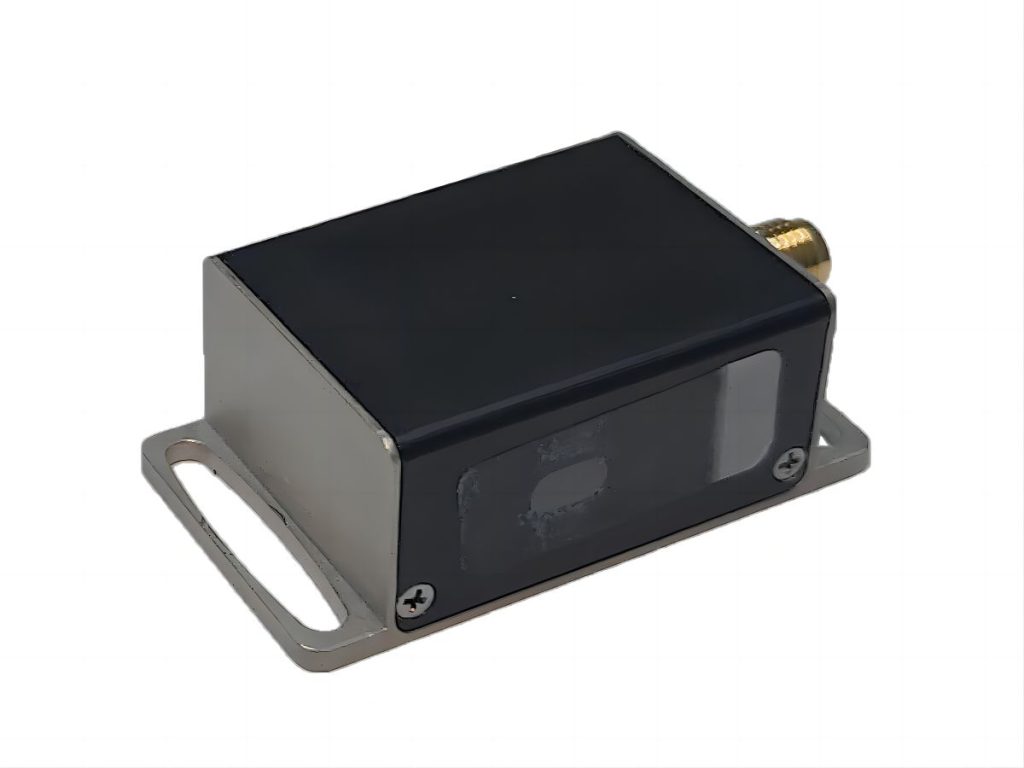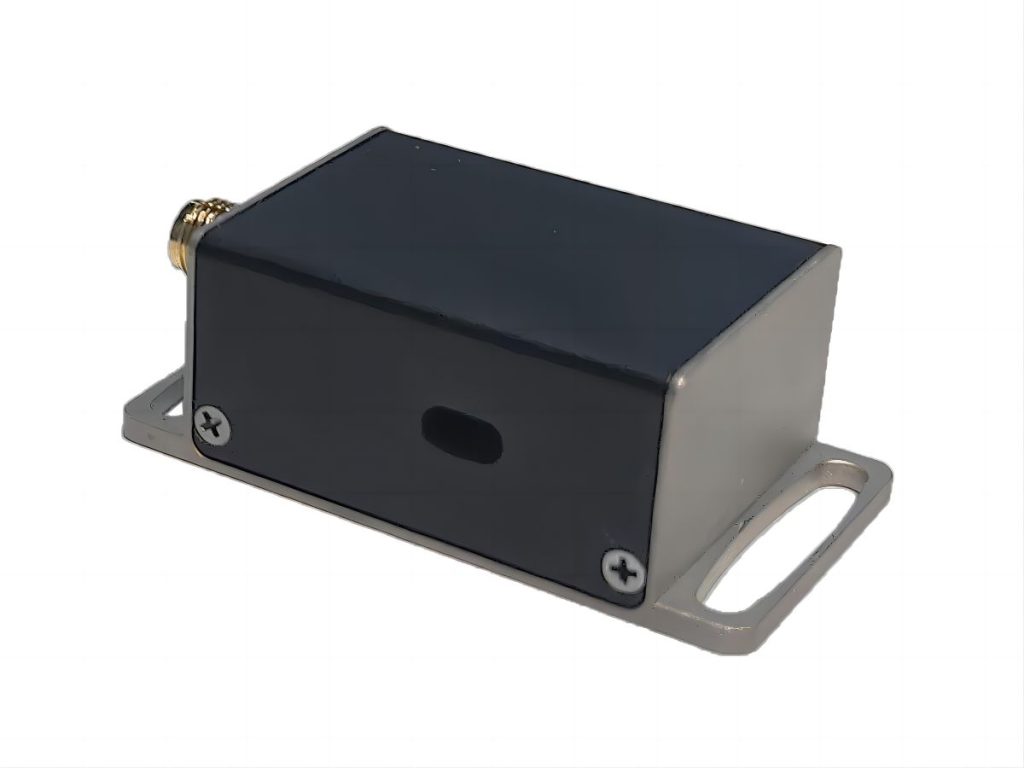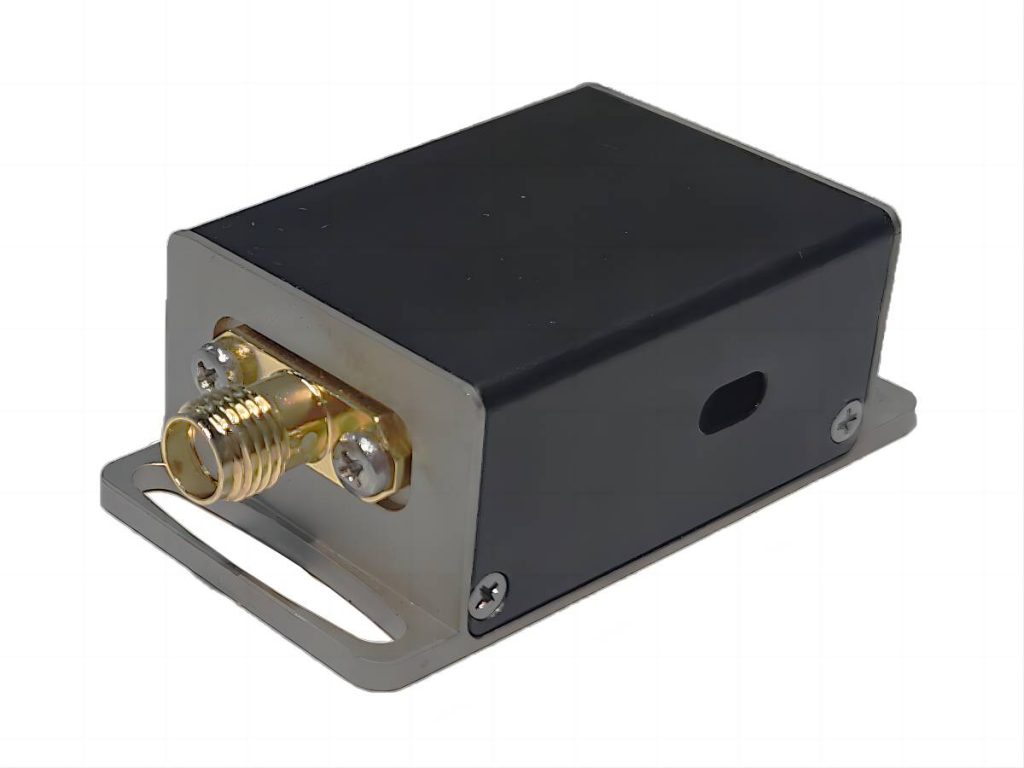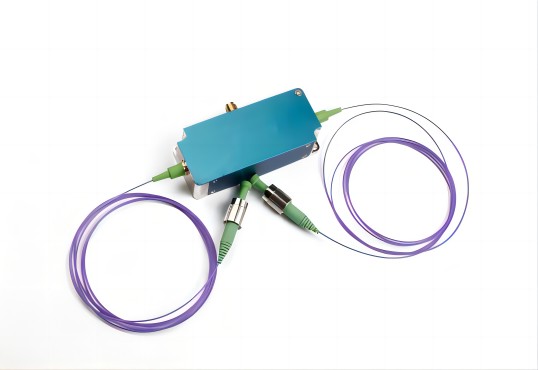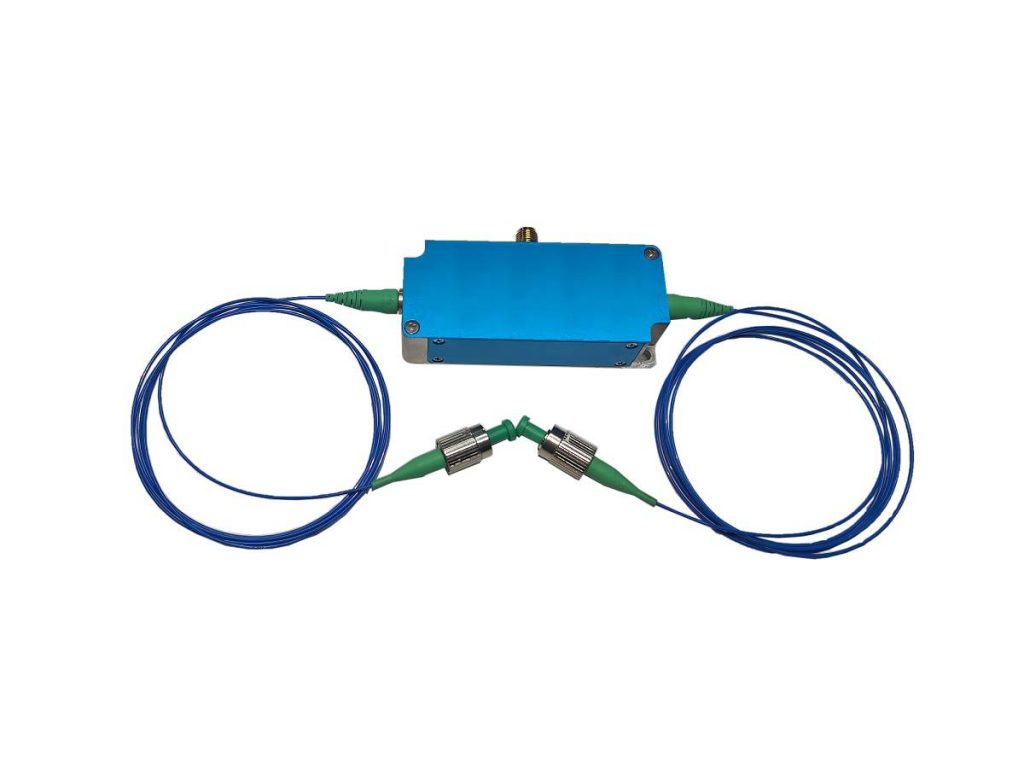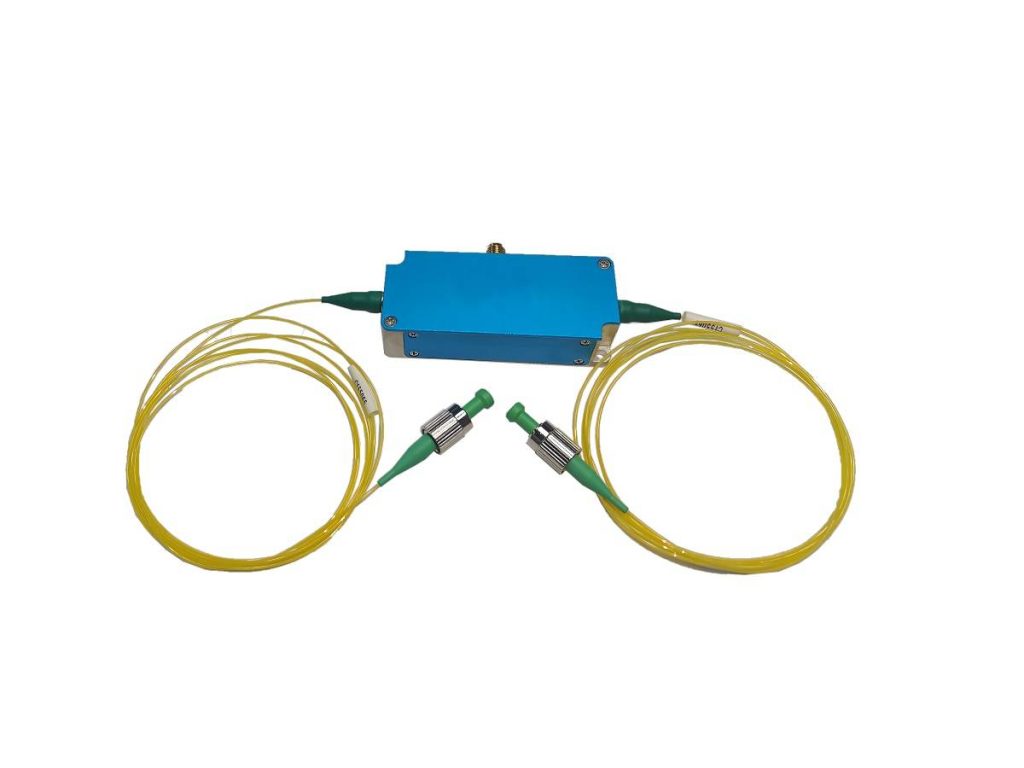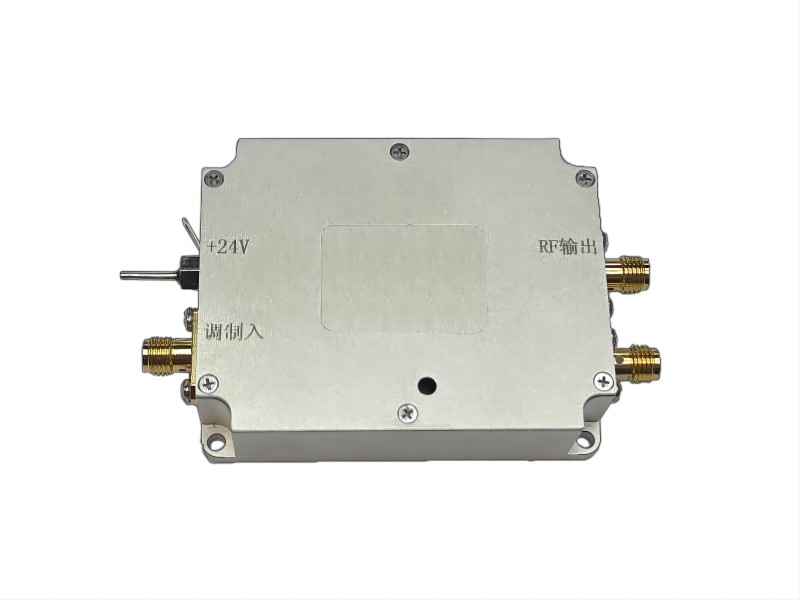Bandwidth RF Amplifier: Benefits of Specific Characteristics
Among the various types of RF amplifiers, bandwidth RF amplifiers stand out due to their exceptional performance and versatility. Bandwidth RF amplifiers are designed to amplify a wide range of frequencies within the RF spectrum, making them indispensable components in a multitude of applications. From wireless communications and radar systems to medical devices and industrial automation, these amplifiers are essential for ensuring efficient and reliable signal transmission. There is an introduction look into the specific benefits offered by bandwidth RF amplifiers. By exploring their characteristics of small size, fast response time, low power consumption, high-temperature stability, and reliability, we will gain a deeper understanding of why they are so valuable in modern electronic systems.
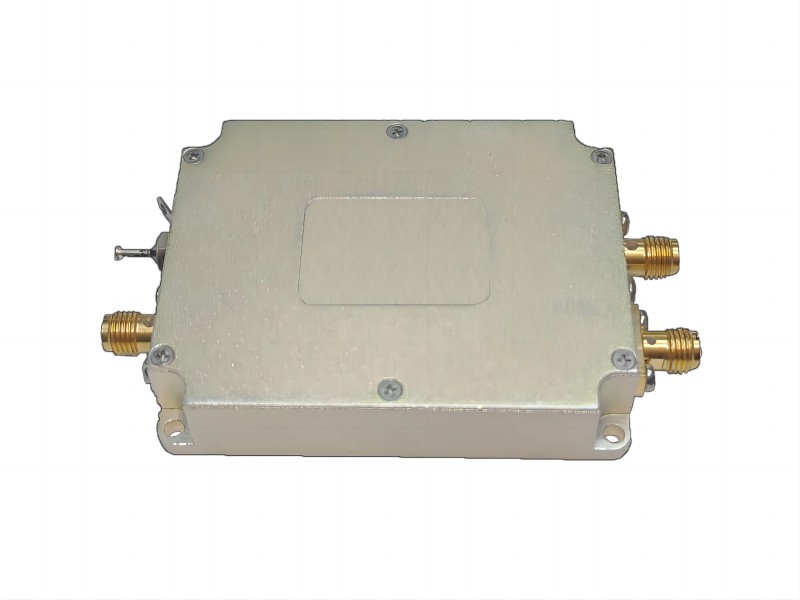
Understanding Bandwidth RF Amplifiers
Definition
Bandwidth RF amplifiers are electronic devices designed to amplify a wide range of frequencies within the radio frequency (RF) spectrum. They are essential components in various applications that require efficient and reliable signal transmission and processing.
Key Characteristics
- Bandwidth: This refers to the range of frequencies that an amplifier can amplify effectively. A wider bandwidth allows the amplifier to handle a broader range of signals, making it more versatile in various applications.
- Gain: Gain is the measure of how much an amplifier increases the amplitude of an input signal. A higher gain allows the amplifier to boost the signal to a desired level, overcoming losses in transmission media or other components.
- Noise Figure: Noise figure is a measure of an amplifier’s internal noise level. A lower noise figure indicates that the amplifier introduces less noise into the amplified signal, resulting in a cleaner and more accurate output.
These three characteristics are interrelated and crucial for the performance of bandwidth RF amplifiers. A wide bandwidth, high gain, and low noise figure are essential for ensuring optimal signal amplification and transmission in various applications.
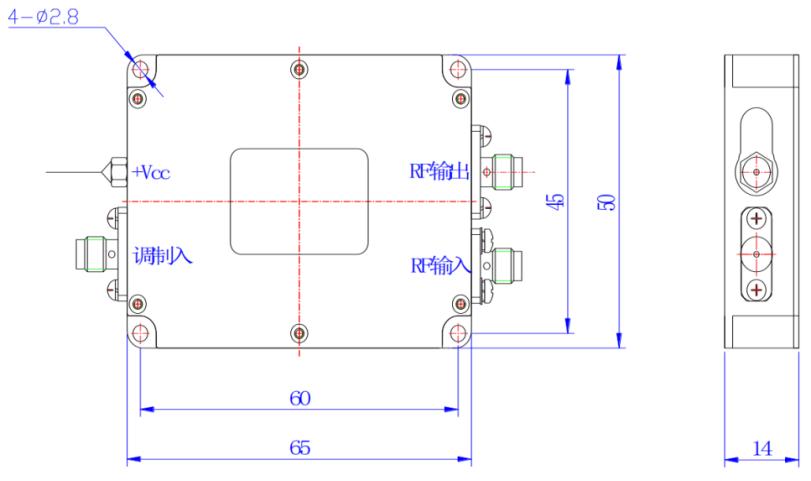
Benefit 1: Small Size
In today’s world of increasingly miniaturized electronic devices and systems, small size has become a paramount consideration. Bandwidth RF amplifiers, with their compact design, offer significant advantages in various applications.
Importance of Small Size
- Portability: Small size enables devices to be more portable and easily carried or worn. This is particularly important for mobile devices, wearable technology, and portable electronic equipment.
- Space Constraints: In applications with limited space, such as smartphones, tablets, and IoT devices, small-sized components are essential to fit within the available dimensions.
- Integration: Compact RF amplifiers can be more easily integrated into complex systems, reducing the overall size and weight of the device.
Applications Requiring Small Size
- Mobile Devices: Smartphones, tablets, and laptops rely on small-sized components to achieve a sleek and portable design.
- Wearable Technology: Smartwatches, fitness trackers, and other wearable devices require miniature components to fit comfortably on the body.
- Internet of Things (IoT): IoT devices often operate in remote or confined spaces, making small size a critical factor for deployment and operation.
Advantages of Small Size
- Reduced Cost: Smaller components can often be manufactured more efficiently, leading to lower production costs.
- Reduced Weight: A smaller size translates to a lighter weight, which is beneficial for portable devices and systems.
- Lower Power Consumption: Smaller components can have lower power requirements, leading to longer battery life and reduced energy consumption.

Benefit 2: Fast Response Time
Response time refers to the amount of time it takes an amplifier to react to a change in the input signal. In the context of bandwidth RF amplifiers, fast response time is crucial for applications that require rapid signal processing and transmission.
Applications Requiring Rapid Signal Processing
- Radar Systems: Radar systems rely on rapid signal processing to detect and track objects accurately. Fast response time is essential for timely target identification and tracking.
- Wireless Communications: In wireless communication systems, such as cellular networks and Wi-Fi, fast response time is crucial for maintaining reliable data transmission and preventing signal degradation.
- Digital Signal Processing (DSP): Many DSP applications, including audio and video processing, require RF amplifiers with fast response times to handle high-speed data streams.
Advantages of Fast Response Time
- Improved System Performance: Fast response time enables amplifiers to process signals more quickly, leading to improved system performance and responsiveness.
- Enhanced Data Transmission: In wireless communication systems, fast response time can help reduce data latency and improve overall transmission quality.
- Increased Accuracy: For applications like radar systems, a fast response time can lead to more accurate target detection and tracking.
- Reduced Interference: In crowded RF environments, fast response time can help minimize interference between signals, ensuring reliable communication.

Benefit 3: Low Power Consumption
Low power consumption is essential for extending battery life, reducing operating costs, and minimizing environmental impact.
Applications Requiring Energy Efficiency
- Wireless Sensors: Wireless sensors are often deployed in remote locations where battery replacement is difficult or impractical. Low power consumption is crucial for extending their operational life.
- Remote Monitoring Systems: Remote monitoring systems, such as environmental sensors or security cameras, often operate on batteries or solar power. Low power consumption is essential for ensuring continuous operation.
- Portable Electronic Devices: Smartphones, tablets, and laptops rely on efficient power management to maximize battery life and provide a long-lasting user experience.
Advantages of Low Power Consumption
- Extended Battery Life: Lower power consumption translates to longer battery life, allowing devices to operate for extended periods without the need for frequent recharging or battery replacement.
- Reduced Operating Costs: For battery-powered devices, lower power consumption can reduce operating costs associated with battery replacement and charging.
- Environmental Benefits: By reducing energy consumption, low-power devices contribute to a more sustainable and environmentally friendly future.
- Improved Portability: For portable devices, low power consumption enables smaller and lighter designs, making them more convenient to carry and use.
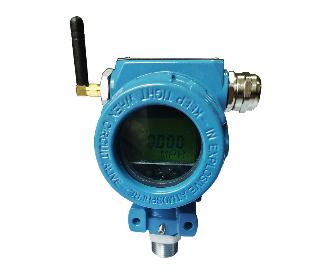
Benefit 4: High Temperature Stability
Temperature stability refers to an amplifier’s ability to maintain consistent performance over a wide range of operating temperatures. This is crucial in applications where the device may be exposed to extreme temperatures, such as hot or cold environments.
Applications Exposed to Extreme Temperatures
- Aerospace: Aerospace equipment, including satellites, aircraft, and missiles, often operates in harsh environments with extreme temperature variations. High temperature stability is essential for ensuring reliable performance in these conditions.
- Industrial Automation: Industrial processes can involve high temperatures, such as those found in manufacturing plants, refineries, and power generation facilities. RF amplifiers used in these environments must be able to withstand elevated temperatures without compromising their performance.
- Outdoor Electronics: Devices deployed outdoors, such as weather stations, surveillance cameras, and wireless communication equipment, may be exposed to a wide range of temperatures throughout the year. High temperature stability is crucial for ensuring their reliable operation in all weather conditions.
Advantages of High Temperature Stability
- Reliable Operation: High temperature stability ensures that the amplifier can operate reliably in harsh environments, preventing performance degradation or failure.
- Reduced Maintenance: By maintaining consistent performance in extreme temperatures, high temperature stability can reduce the need for frequent maintenance or repairs.
- Increased Durability: Amplifiers with high temperature stability are more durable and can withstand the rigors of demanding applications.
- Improved System Reliability: In systems where RF amplifiers are critical components, high temperature stability can contribute to overall system reliability and reduce downtime.

Benefit 5: Reliability
Reliability refers to the ability of a device or system to perform its intended function without failure over a specified period of time. In the context of bandwidth RF amplifiers, reliability is crucial for ensuring the consistent and dependable operation of critical systems.
Applications Where Failure is Unacceptable
- Medical Devices: Medical devices, such as pacemakers, defibrillators, and imaging equipment, rely on reliable RF amplifiers for accurate and timely operation. Failure of these devices can have serious consequences for patient health.
- Military Equipment: Military equipment, including communication systems, radar, and navigation systems, must be highly reliable to ensure mission success and the safety of personnel.
- Critical Infrastructure: Infrastructure systems, such as power grids, transportation systems, and telecommunications networks, rely on reliable RF amplifiers for their operation. Failures in these systems can have significant economic and societal impacts.
Advantages of Reliability
- Improved System Uptime: Reliable RF amplifiers contribute to increased system uptime, reducing downtime and ensuring uninterrupted operation.
- Reduced Maintenance Costs: Reliable components require less frequent maintenance and repairs, leading to reduced maintenance costs over the long term.
- Enhanced Safety: In critical systems, such as medical devices and military equipment, reliability is essential for ensuring safety and preventing accidents.
- Increased Customer Satisfaction: Reliable products and systems lead to higher customer satisfaction and loyalty.

The Power of Bandwidth RF Amplifiers
In summary, bandwidth RF amplifiers offer a multitude of benefits that make them indispensable components in modern electronic systems. Their small size, fast response time, low power consumption, high-temperature stability, and reliability make them ideal for a wide range of applications. If you need the bandwidth RF amplifiers please choose the professional bandwidth RF amplifier supplier Smart Sci & Tech, and stay updated on the latest advancements in RF amplifier technology, as new developments and innovations continue to emerge.

